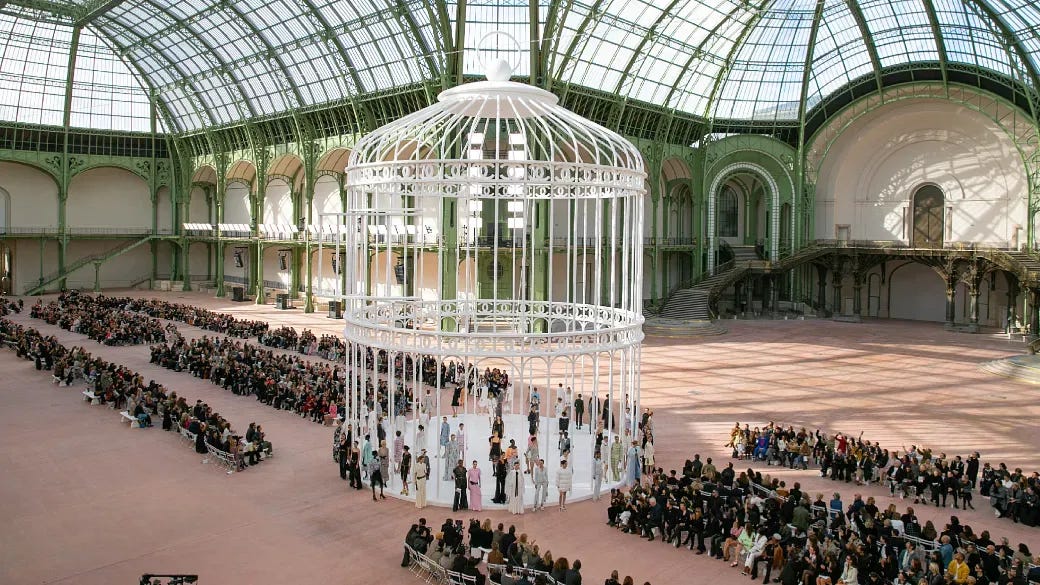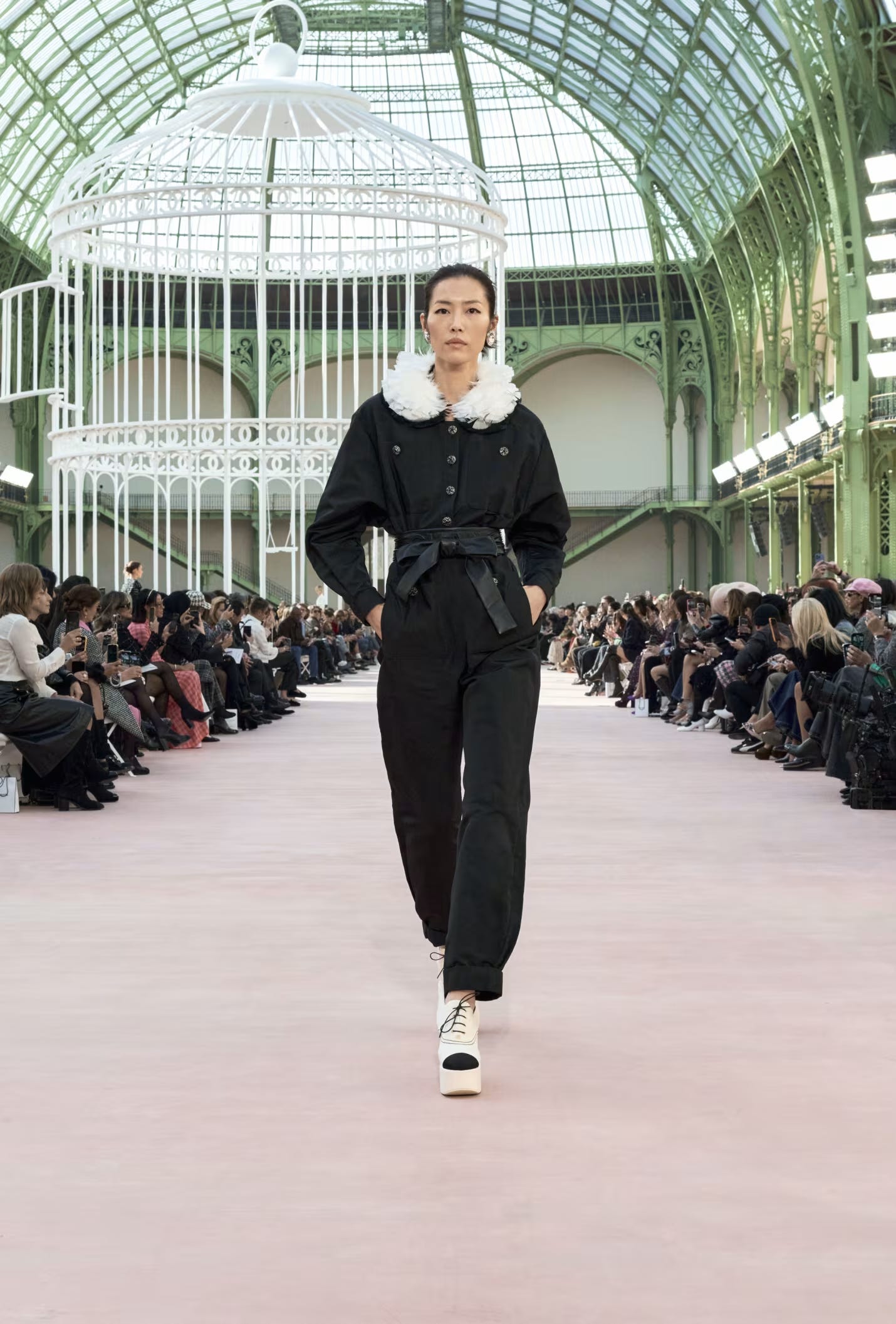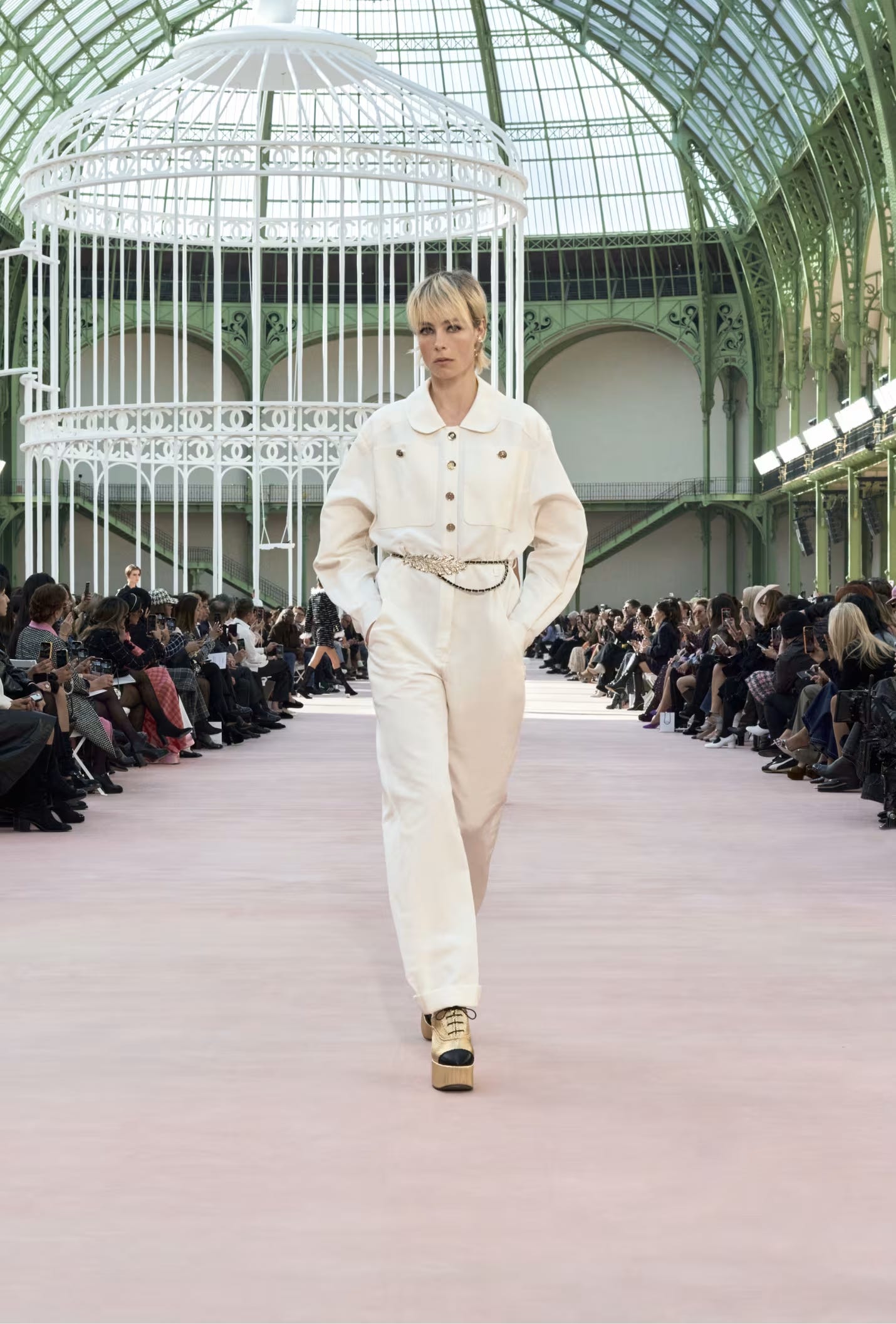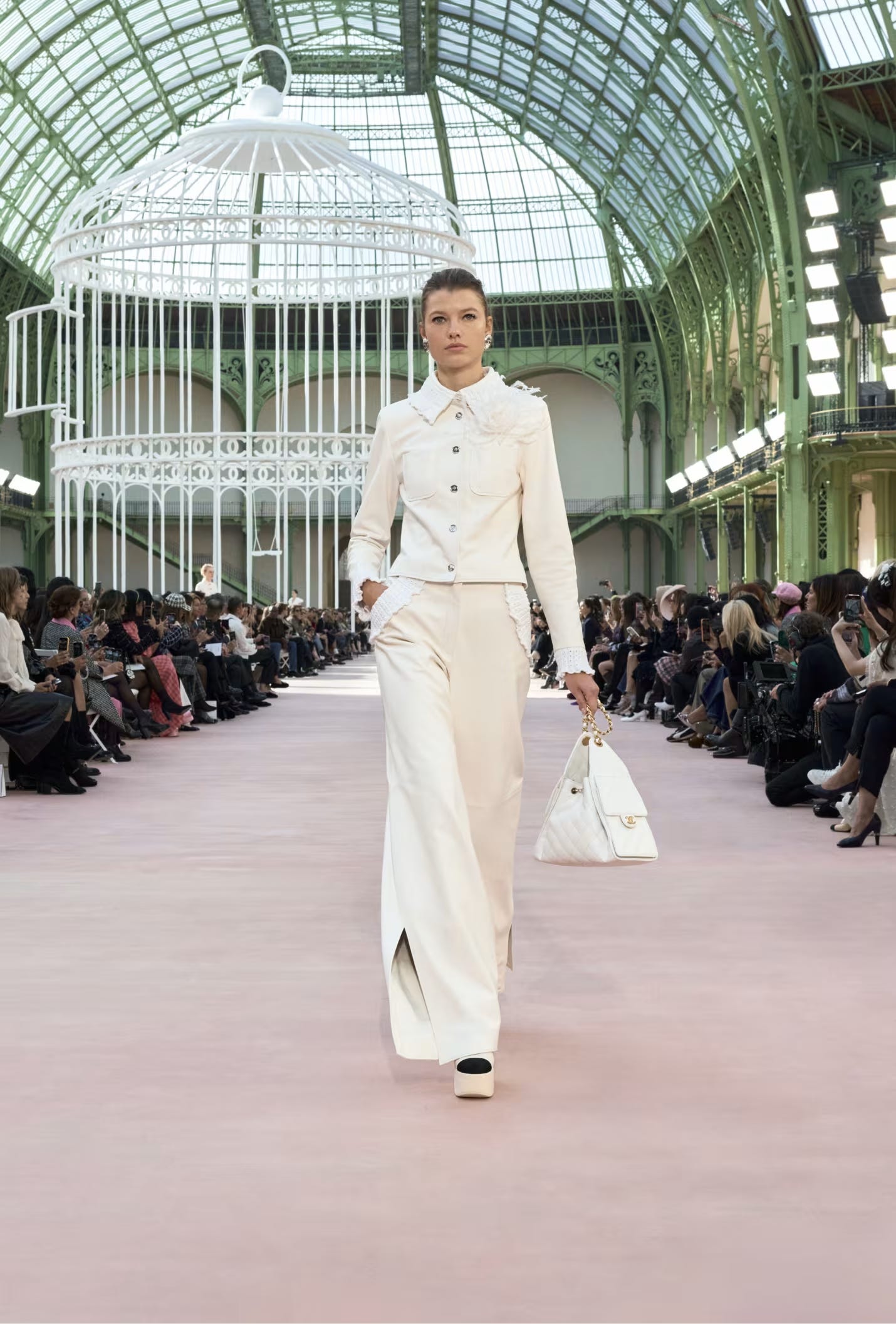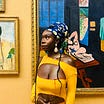Chanel Takes Flight: French Womanism in the Spring Summer 2025 Collection
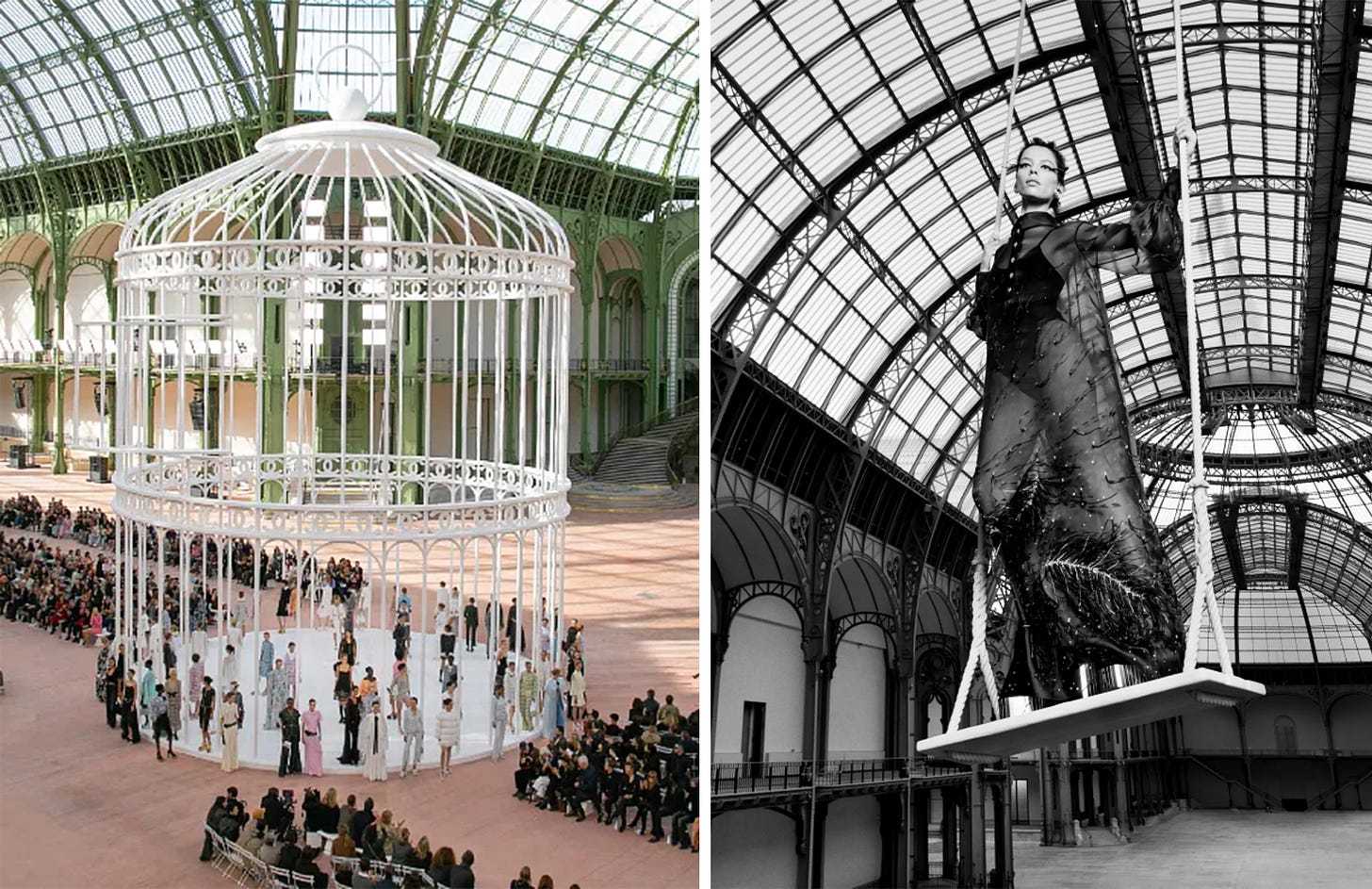
I vividly remember watching the Sex and the City episode "Lights, Camera, Relationship" as a young lady, mesmerized by Sarah Jessica Parker’s rare fuchsia pink Chanel double-flap bag in caviar leather. My eyes marveled at the screen—I’d never seen anything like it. The meticulous stitching, the gleaming hardware—every detail screamed luxury. From that moment, owning a classic Chanel became a goal. Watching Chanel's Spring Summer 2025 show brought that same magic rushing back.
I’m not alone in this mesmerizing admiration that Chanel has evoked for over a century. Chanel is Paris Fashion Week—no other brand commands such admiration or is as fiercely sought after in the luxury fashion world. With an unmatched legacy and a house code that defines elegance, Chanel stands in a league of its own.
In terms of sales, Chanel alone brought in a whopping $19.7 billion in 2023, beating its competitor Hermès by nearly 4.8 billion. Chanel is only second to luxury conglomerate LVMH.
What exactly is it about Chanel that has made this fashion house second to none? Many credit its trailblazing founder, Coco Chanel, affectionately known as the “mother of modern fashion.” Yet, like many icons, her legacy is tinged with controversy. Is it Chanel’s heritage alone that has made it the world’s most recognizable luxury brand? Or is it the house’s commitment to “constantly reinvent…, embrace innovation, and challenge existing boundaries”? Could Chanel's relentless pursuit of innovation be what sets it miles ahead of competitors? If so, the Spring Summer 2025 show stands as a testament to this spirit—a bold nod to the future of fashion.
The Grand Palais or a Bird Cage
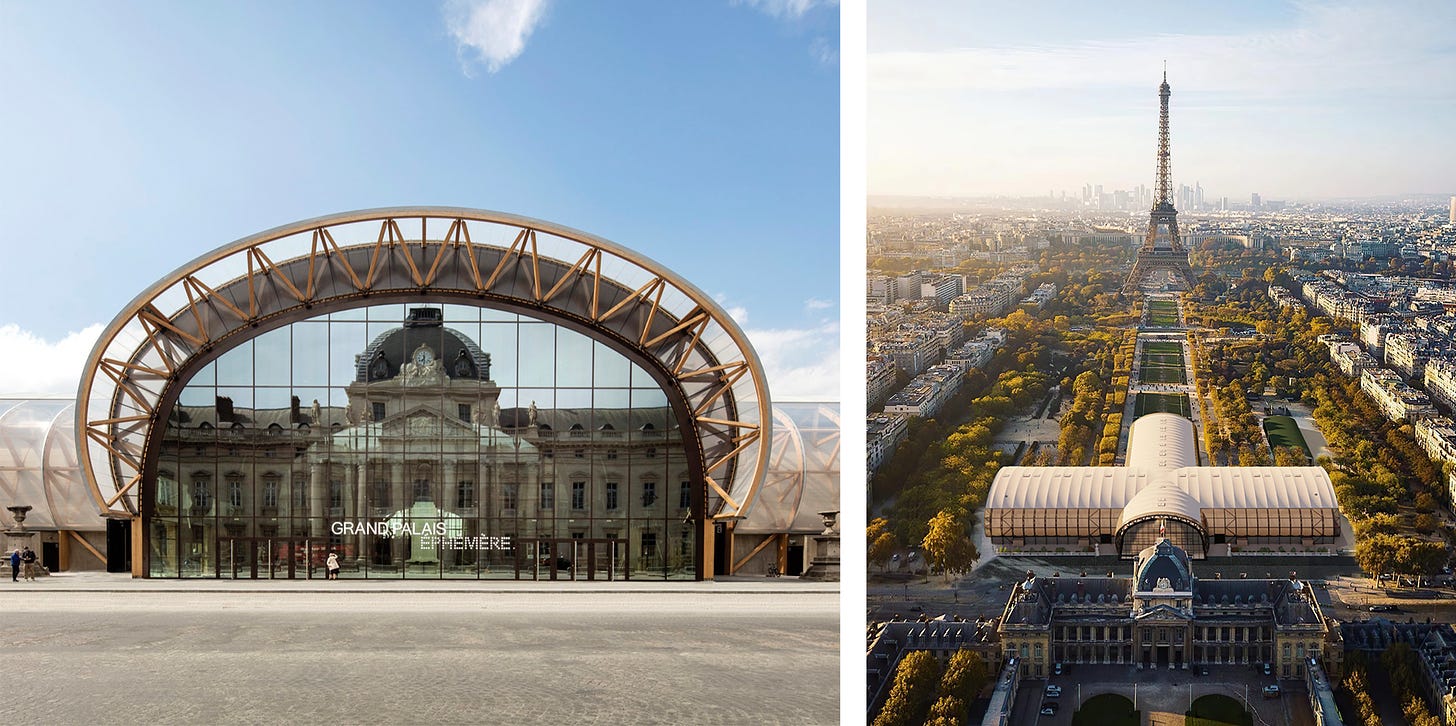
Under the iconic glass roof of the Grand Palais Nave, Chanel’s Spring Summer 2025 show began, unfolding as a feathered spectacle. Models graced the runway in impeccably tailored Chanel suits, dresses, and ensembles featuring Peter Pan collars, some adorned with feathered textures that mimicked fur.
A captivating feature of the show was the enchanting birdcage structure, standing center stage like a piece of art. The entire interior of the Grand Palais mirrored this theme, with its dome-like Nave evoking a grand, man-made aviary. The unforgettable glass ceiling and green arches soaring from floor to ceiling formed a network of interconnecting bridges, allowing the piercing Parisian daylight to flood through the glass dome.
With Chanel's genius, this resemblance was no coincidence. Although Chanel’s relationship with the Grand Palais—a French historical landmark—has spanned over two decades, its use of this iconic space for the SS25 show felt especially significant.
Bruno Pavlovsky, Chanel's President of Fashion, reflected on the venue’s unique allure, saying, “The Grand Palais is this incredible machine that creates dreams. For [Chanel], it is one of the places that embody the House of Chanel… like the Eiffel Tower, the Grand Palais will span the centuries.”
Chanel is no stranger to embracing fine art, having donated over thirty million to the Grand Palais’s grand renovation. The SS25 show paid homage to freedom, celebrating French feminist and writer Sidonie-Gabrielle Colette and pioneering aviators like Raymonde de Laroche, one of the first “airwomen.” The Grand Palais served as the perfect backdrop, a symbolic space to honor French heritage and the spirit of feminism.
At the heart of the Nave stood a striking white birdcage, its interlocking Chanel house codes winding around the structure. Guests were seated in an arrangement reminiscent of an airport runway framed by wide outer archways. The cage itself, monochromatic and doorless, allowed models to weave through it in a maze-like fashion along the catwalk, symbolizing the progress of the celebrated womanist artists and pioneering aviators.
Models moved fluidly through the birdcage, captivating guests with a seamless palette of black and white contrasted by Chanel’s staple colors—pastel pinks, yellows, blues, and the iconic multicolored stripes synonymous with the house. As the show progressed, the color palette became increasingly diverse, with textures growing bolder and more intricate, symbolizing a journey toward freedom.
Birds of a Feather Flock Together: The Power of Details
The show unfolded like a thematic fairy tale, as Chanel transported guests on this whimsical journey. The collection featured military-inspired onesies, Peter Pan collars, capes, birdcage bags, feathered accessories like necklaces and belts, vibrant feather ensembles, and fringe. Adding to the enchanted atmosphere, musical elements included gentle bird chirping and a live cover of Prince’s iconic When Doves Cry, performed by a model swinging gracefully from the top of the birdcage. Her haunting rendition brought this mesmerizing show to a breathtaking close.
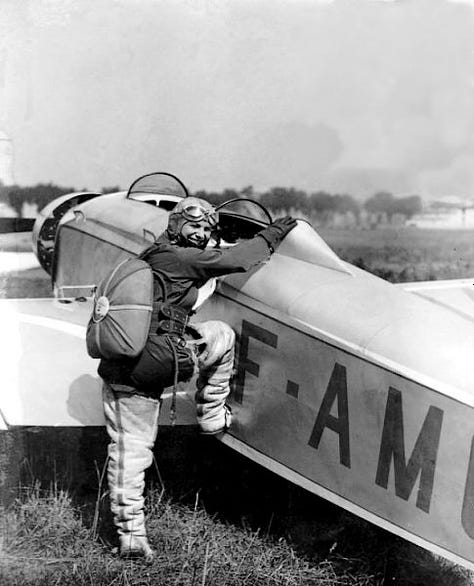
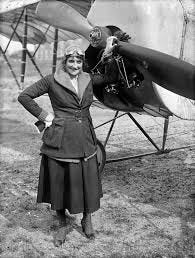
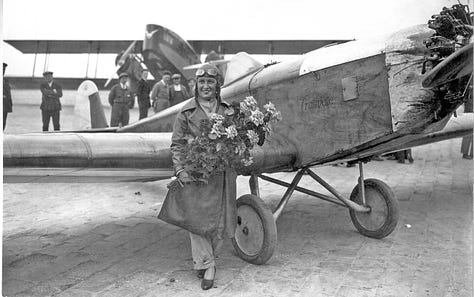
Still, certain looks called for a closer gaze from the audience. Beyond its architectural splendor, the tailored ready-to-wear collection highlighted Chanel’s ongoing innovation and reverence for legacy. French pioneers Sidonie Gabrielle Colette and aviators Raymonde de Laroche, Hélène Boucher, and Maryse Bastié, were honored through the designs, embodying the spirit of courage and elegance that defines the house.
Looks 5, 13, and 15 reimagine a modern twist on classic aviator uniforms, embodying the spirit of these women. Each look recalls the original style of these record-breaking aviators, featuring booted heels, military-inspired jumpsuits with structured collars, and authentic headgear complemented by eye goggles.
Look 5 channels a bold, timeless vibe with a black jumpsuit adorned by a striking Peter Pan collar made of soft white feathered fur—a playful twist on classic Chanel sophistication. Look 13, meanwhile, pays homage to vintage aviator uniforms with a crisp white jumpsuit cinched by a signature Chanel belt, exuding a refined, utilitarian edge. Look 15 completes the trio with a chic pantsuit, accessorized with the iconic Chanel 33cm Maxi double handbag in white, balancing elegance with a polished, functional silhouette.
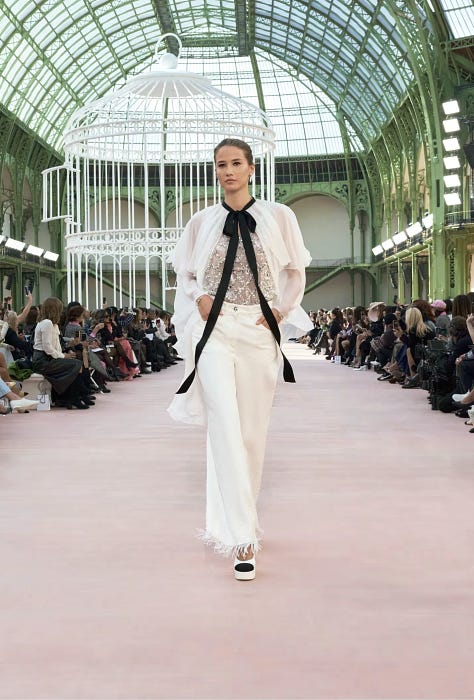
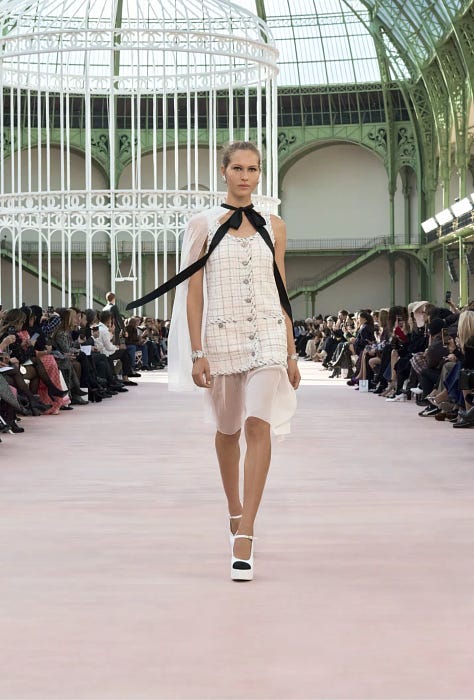

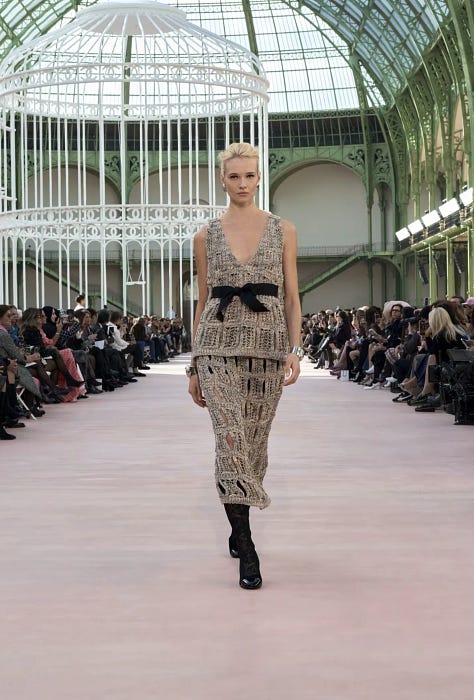
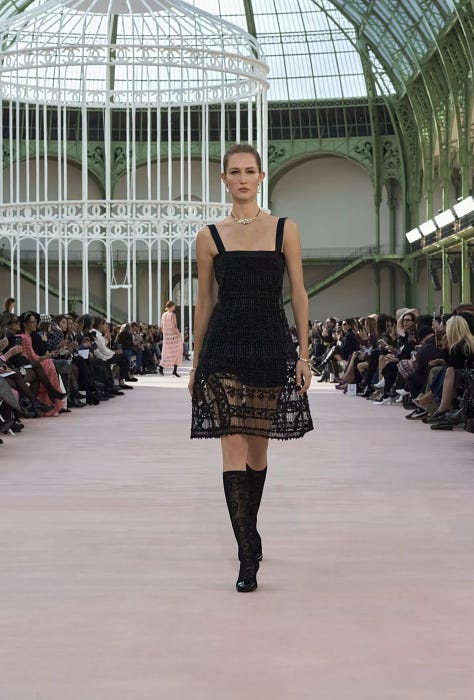
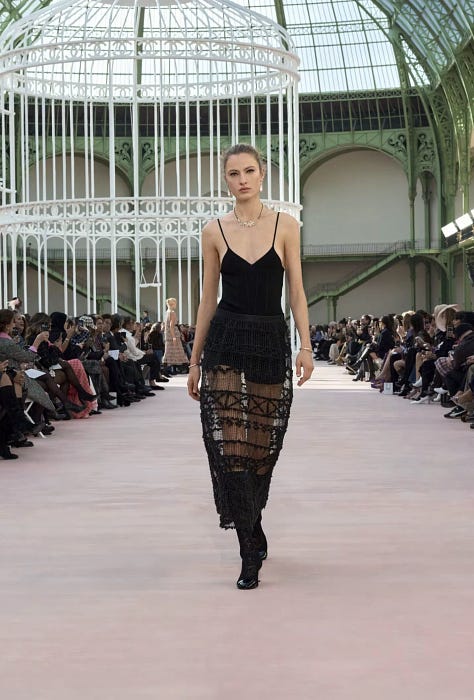
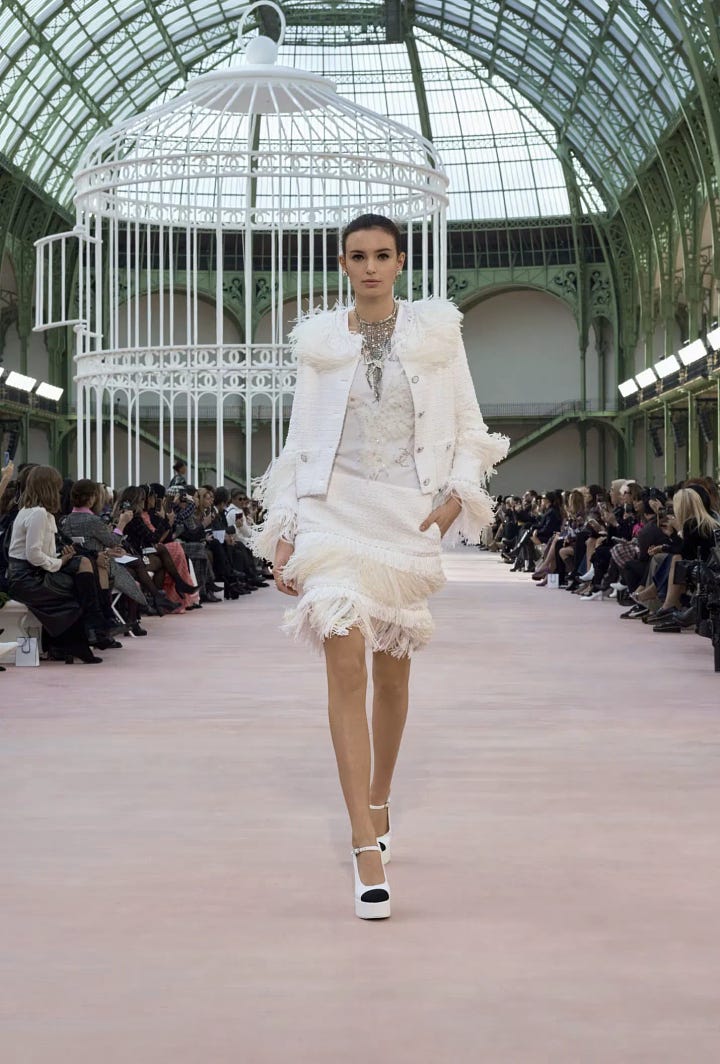
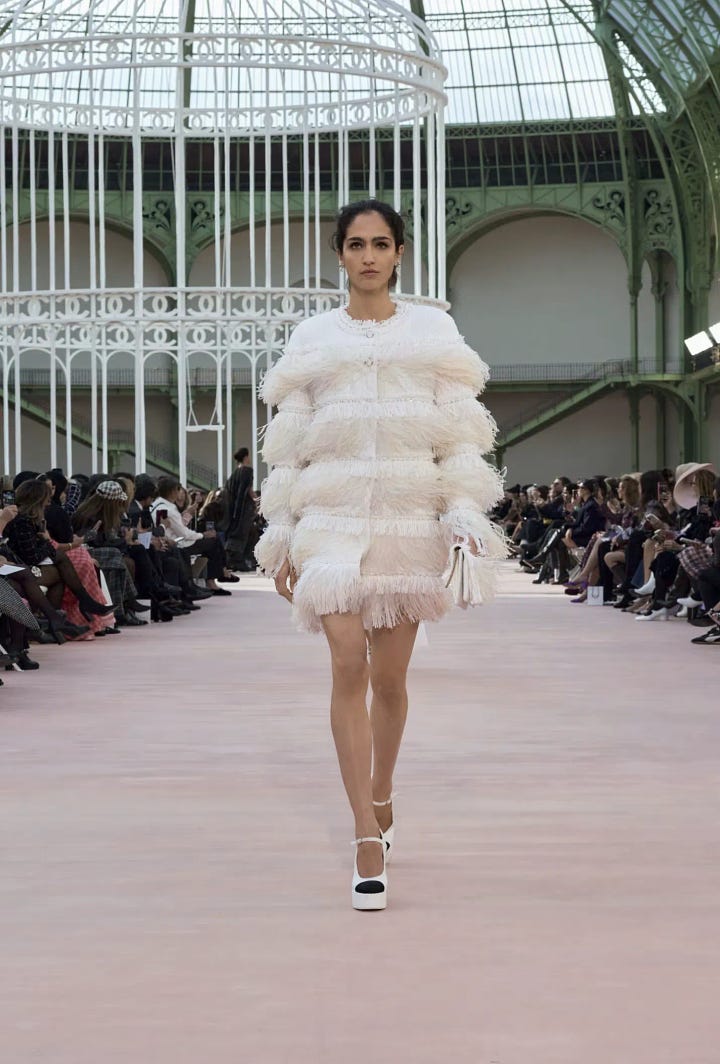
Colette's rise to fame as a bold, singularly named literary figure was sealed with the publication of Chéri, propelling her into the cultural spotlight of the 1920s. This era, rich with flapper influences and avant-garde fashion, also saw the popularization of Chanel's ‘little black dress’—a piece that would come to epitomize timeless elegance. Vogue captured the 1920s aesthetic as the “La Garçonne look…boyish, not mannish,” a nod to the liberated, androgynous spirit of the time.
In Chanel's collection, looks 22, 23, 40, 41, 45, 46, 68, and 69 pay homage to this iconic decade, channeling both flapper style and Colette's audacious legacy. These pieces, adorned with fringe, oversized bows, and sleek black silhouettes, elegantly reference the ‘little black dress’ and evoke a sophisticated tribute to the era's fashion and literary innovation.
All in all, the Starry-Eye show delivered an almost flawless, thematically rich, and theatrically inspired ready-to-wear collection. It was a true ode to “freedom, delicacy, lightness, and movement.” Even without a creative director, Chanel captivated its audience, proving that its legacy endures.
Edited by Amarissa, Founder & Editor in Chief of Fashion Talk.
FASHION WEEK






